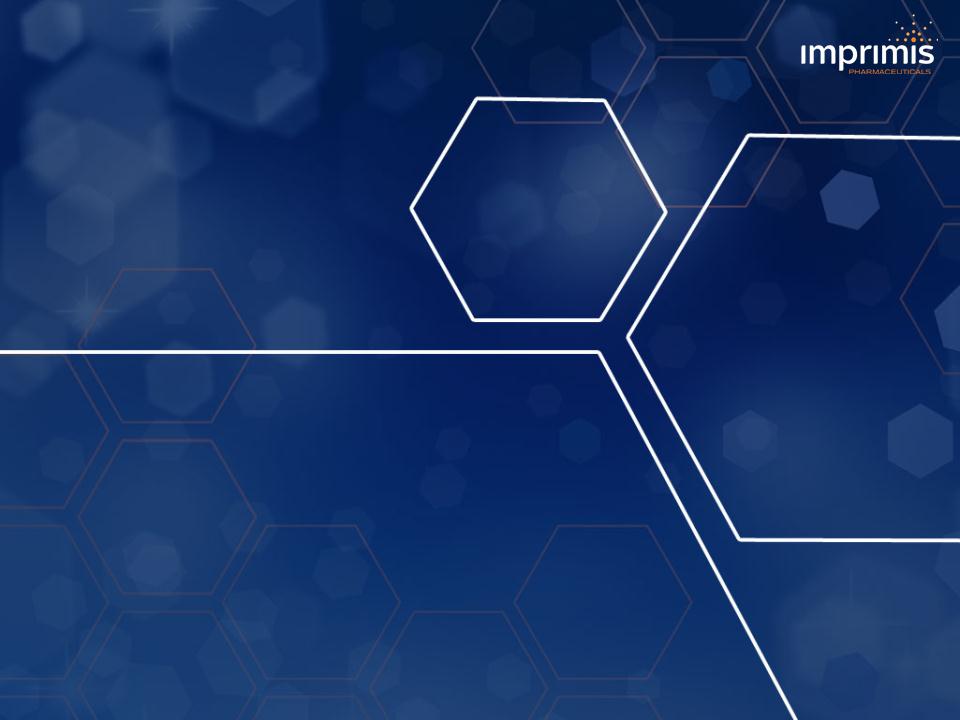
The whole Martin Shkreli, Daraprim debacle has dominated biotech news over the last few weeks, and has even served to filter what is traditionally a relatively insulated industry into more popular mass media. At the end of last week, we learnt that Imprimis Pharmaceuticals, Inc. (NASDAQ:IMMY) was pitching to offer an alternative treatment to Daraprim – one that would retail at $99 per pack of 100 pills (for reference, the same size pack of Daraprim would cost between $76,500 and $83,500 depending on which of the chain pharmacies you purchased from). As Imprimis no doubt expected, the news caught on in popular media reporting, and the company gained strength on the announcement. There is, however, some confusion as to the details. Just as those outside the biotech space believed Daraprim to be an AIDS treatment (its not, it treats toxoplasmosis, which affects individuals with a compromised immune system such as those with AIDS), many believe Imprimis is offering a less-than-one-dollar-a-pill Daraprim generic. Let’s try and clear up the confusion.
Imprimis is offering what’s called a compounded drug formulation to patients as an alternative therapy to Daraprim for the treatment of toxoplasmosis. A compound drug formulation is the mixing of two separate drugs, with the goal of achieving the same outcome (or a similar outcome) as the initial single formulation. Daraprim is the commercial name for pyrimethamine, a DHFR inhibitor initially developed as a malaria treatment back in the 1950s. By inhibiting the DHFR enzyme, pyrimethamine stops (or at least slows) the synthesis of what’s called tetrahydrofolic acid – a key component in the DNA reproduction in infectious organisms. A common side effect of pyrimethamine administration is bone marrow depression, which is essentially the reduced capability of the bone arrow to produce blood cells. As a result, physicians will generally administer folinic acid alongside Daraprim, which serves to reverse this side effect. So that’s what we need to know about Daraprim, what about Imprimis’ alternative?
Well, first, lets look at compounding. As we have said, it is the mixing of two separate drugs to treat an indication. However, what’s important to realize, is that a compounded treatment is not approved to treat the indication of the therapy it seeks to replicate. This has long been a grey area for the pharma space. Legally, a physician can (pretty much) prescribe any treatment for any indication he/she sees fit. Imprimis’ alternative is a combination of pyrimethamine and leucovorin (a type of folinic acid), so essentially the dame therapy as Daraprim, but available as a customizable combination of the two. This is what sets it apart from Daraprim, and what allows it to bypass Daraprim’s marketing rights. Unlike Daraprim, if a physician prescribes the compounded treatment, a patient must send off the prescription to be filled by Imprimis Care – the company’s in house compounding facility. Imprimis Care will produce the treatment according to the customized requirements of the individual (this can mean anything from dose to proportions of the compounded ingredients in the pill) and send the pills to the patient.
So why don’t more companies offer compound alternatives? Well, primarily because of the supply chain. There are only a handful of compounding pharmacies across the US, and the hassle that’s involved in customizing a patient’s prescription, having them send it to these pharmacies, and being forced to wait for the compound to be created and delivered is not worth it when a commercial, pre formulated version is readily available. There have also been examples of legal issues with this sort of thing in the past. For a drug like Daraprim, however, that has just undergone a price increase of 5000%, the cost benefit will likely outweigh the hassle of waiting for a customized compound.
Investors have recognized this fact, and as we mentioned in the introduction to this piece, are buying into Imprimis and its compound Daraprim alternative. The company traded up 22% during the latter half of last week, on volume 3,500 times higher than its 3-month daily average. If the company can successfully implement its Imprimis Care infrastructure (designed to reduce the friction and hassle of a compounded therapy’s prescription and delivery) it could be the spearhead of a new movement in the biotech space, and in turn, could be set for further upside revaluation going forward. This said, we are yet to see if physicians take up the company on its compound. With a reasonable Medicare plan, 100 Daraprim cost the end user anywhere between $50-90 a month. The vast majority of the cost is borne, therefore, by the insurer. This could play into Imprimis’ success or failure. Watch this space!




